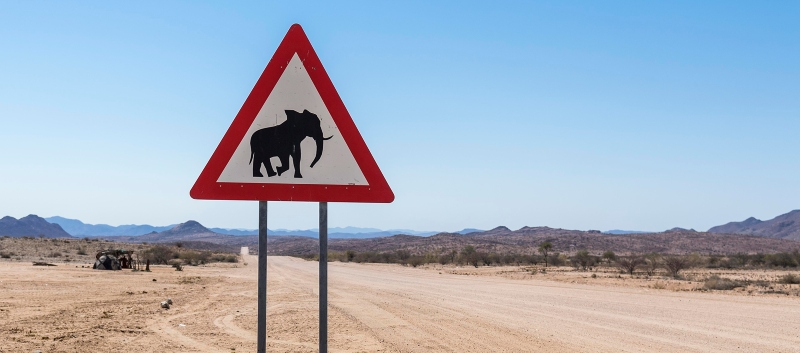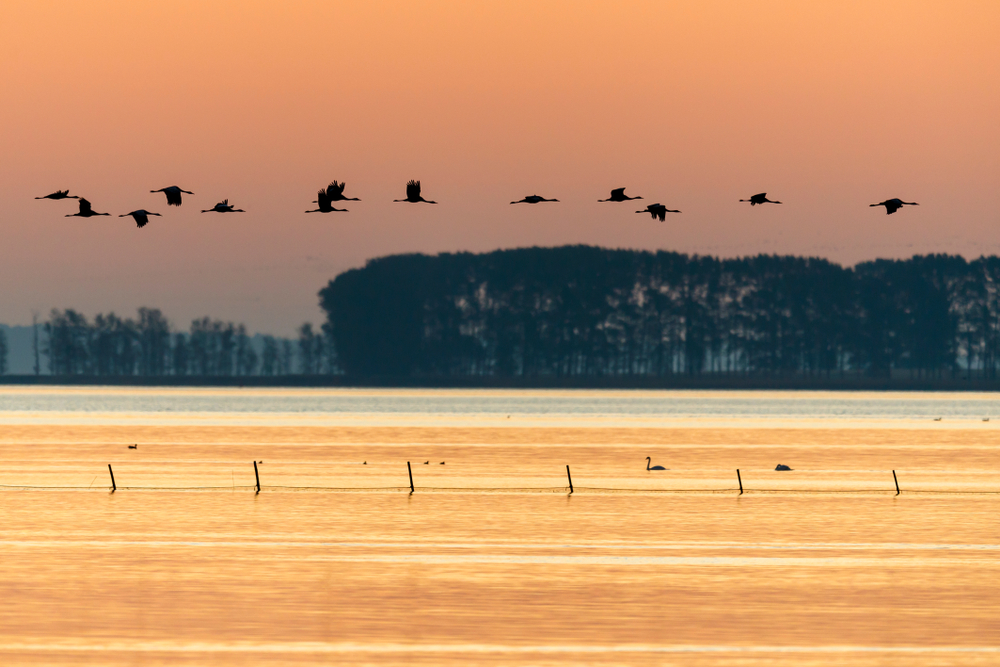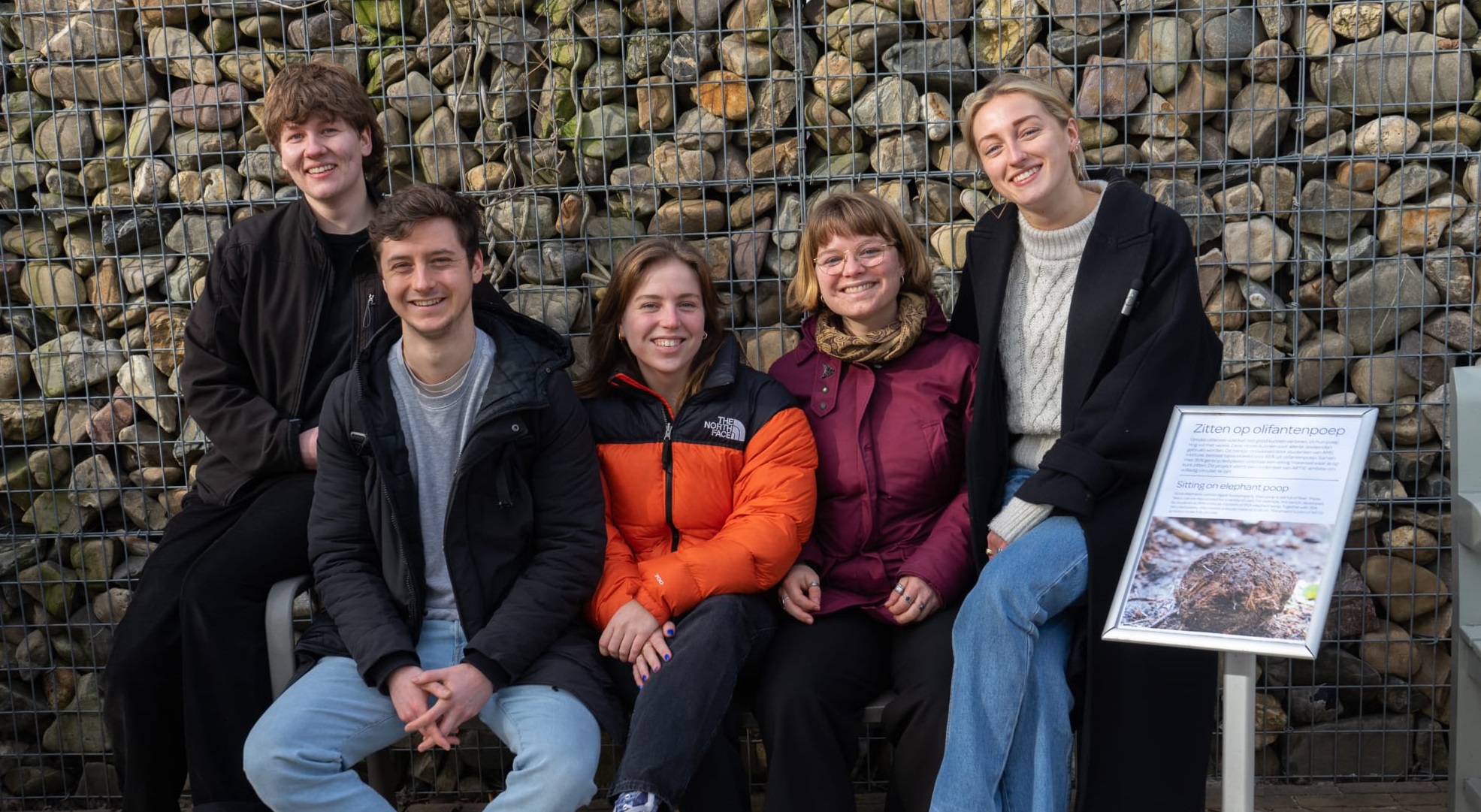Last autumn, the governments of Namibia and Zimbabwe decided to cull nearly 300 elephants. They pointed to the growing number of clashes between humans and animals due to the persistent droughts. Those conflicts are a genuine problem in southern Africa, confirms the researcher Stasja Koot. But there is more to the story.
In August, Namibia announced it would be shooting over 700 wild animals, including 83 elephants. Zimbabwe followed a month later with a plan to kill 200 elephants. According to the governments they had no choice because clashes between humans and wild animals had increased significantly, partly due to the persistent drought. The meat from the culled animals could also be used to combat food scarcity in certain communities. The news prompted fierce criticism of both countries from the West. The Namibian and Zimbabwean governments were downright irritated by the criticism.
Stasja Koot, an associate professor in the Sociology of Development and Change chair group, can understand that irritation. He lived and worked in Namibia for years and still regularly visits southern Africa for research. ‘The criticism in the West reveals a colonial view of nature management,’ he argues. ‘We love nature management, as long as it happens in Africa or South America — but not here in Europe. Here, we find even living alongside a few wolves really difficult. In my opinion, that double standard reflects the colonial balance of power. So I can understand them getting irritated by the criticism from Europe.’
Elephants roaming around
He was also annoyed when he saw someone from the World Wildlife Fund (WWF) on Dutch TV saying they were against the planned cull and wanted to ‘stand up for the animals’. Koot: ‘Whereas the WWF is a huge promotor in Namibia of trophy hunting (hunting for pleasure or as a form of tourism, ed.). That’s their conservation model: income from trophy hunting is crucial for nature management in Namibia. So the WWF is applying a double standard: it’s fine to shoot animals for trophy hunting but not if it’s to protect local communities’ fields and wells from elephants that are roaming around. That’s not only wrong, it’s pure colonialism.’
Conflicts between humans and animals are a real problem in southern Africa, says Koot. ‘And it’s a big problem in the much-used model of communal conservation, where humans and wild animals live side by side in the same area,’ he points out. There is a system for compensating people financially for damage caused by wildlife. ‘If your garden is trampled by an elephant or your cow killed by a lion, you can report it to the ministry and you get cash compensation. That’s the theory, at any rate. But in practice, a lot of people don’t have the resources to make that report — especially the most marginalized, who often live in very remote areas.’
Tricky distribution of meat
Koot is critical anyway of the concept of communal conservation, which rests on two cornerstones aimed at stimulating economic development: tourism and trophy hunting,
We love nature management, as long as it is in Africa or South America — but not here in Europe
with the latter often being the more lucrative. Koot: ‘The problem is that only a small proportion of the inhabitants see any of that money. The same applies to the meat. In theory, the meat from the trophy hunting is supposed to go to the local communities, but that distribution usually doesn’t go smoothly at all.’
He therefore wonders what will happen to the meat from the animals that are being culled on the two governments’ instructions. ‘I asked my contacts in Namibia whether they knew about this. Would they be among those benefiting, and who would the meat go to? No one knows. My contacts among the San (an ethnic group that used to be called the Bushmen, ed.) didn’t either, yet they are one of the most marginalized groups. That they haven’t heard anything says a lot. Which ethnic groups are going to get this meat, based on what criteria?’
Trophy hunting lobby
There is more going on too, says Koot. ‘The Namibian government has said it will be doing the cull “properly” with professional hunters. That means people from the trophy hunting industry, because they are seen as professional hunters. Local people who hunt are seen as poachers — trophy hunting is legal, poaching is illegal. I wonder whether the trophy hunting lobby had a hand in the decision to shoot the elephants. It is a hugely wealthy and influential industry in southern Africa. Perhaps they lobbied as a way of earning more money and also burnishing their reputation?’
Finally, Koot does not rule out opportunism by politicians as a factor in the decision to cull elephants. ‘We’re living in times of gesture politics. The numbers in the culling plans are a drop in the ocean compared with the total number of wild animals in these countries. The same applies when you make the comparison with trophy hunting, where loads of animals are shot. Culling at this level is not really an issue at all. That it made the news to such an extent could be due to political considerations. It lets politicians make a statement: look at us taking care of people who are going through hard times. It’s really just like the Dutch politicians who declare a refugee crisis: it’s mainly for show.’
Bear and elephant radar
At present, the Human-Bear Conflict Radar is being tested in Bulgaria as a way of reducing conflicts between humans and animals. Anna Davison (Earth Systems & Global Change group) is doing her PhD partly on this. It uses the same digital twin technology as Koen de Koning’s crane radar, with real-time reports of observations and a predicted range of activity. The radar also indicates the risk of confrontations, based on historical data about human-bear conflicts and characteristics of the local environment, so that nature conservationists can take measures. There are plans to develop a version of this radar to track elephants, for use in southern Africa. PhD candidate Franziska Steinbruch was recently hired for that purpose. She will be interviewing local farmers to find out how this kind of radar app could best help them.
Another conflict
Koot and the WWF had a major disagreement before. That story can be found in a Resource article from June 2023 about the intimidation of scientists.

 Photo Shutterstock
Photo Shutterstock 

